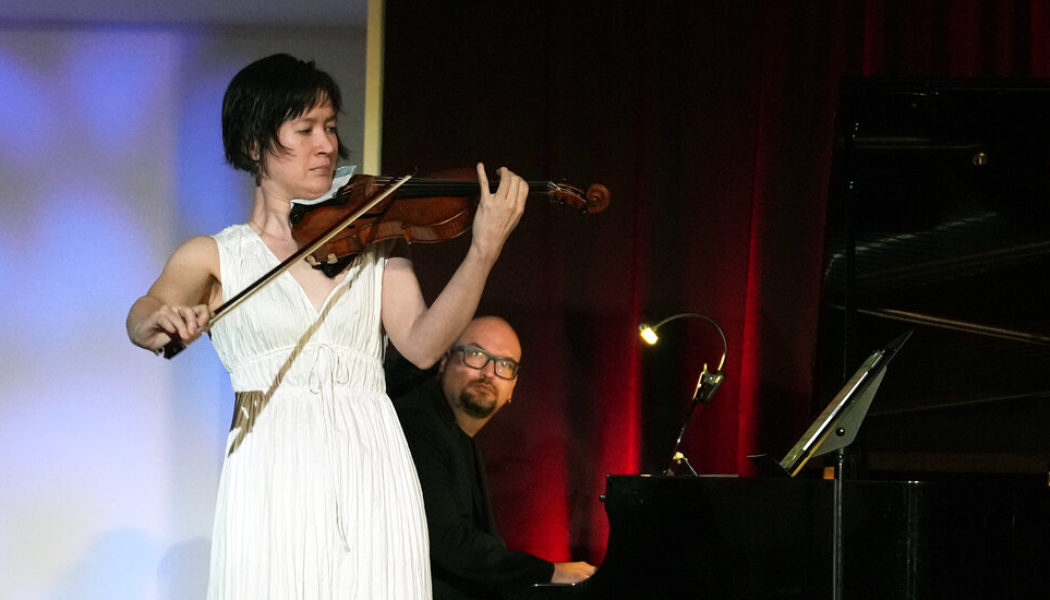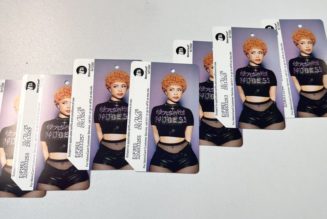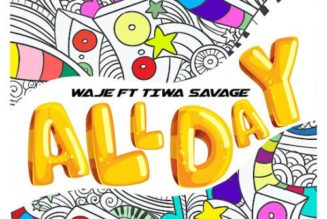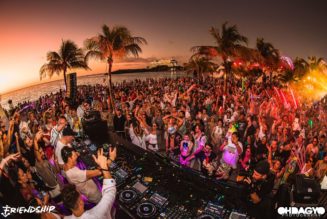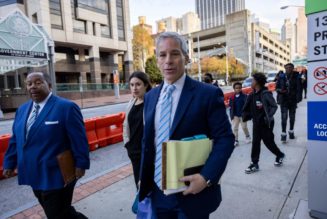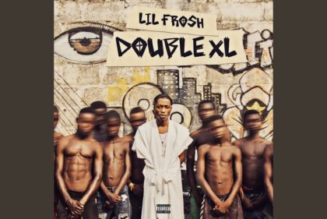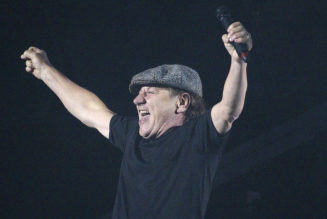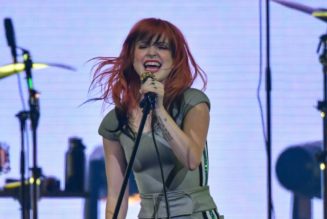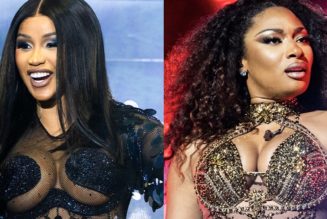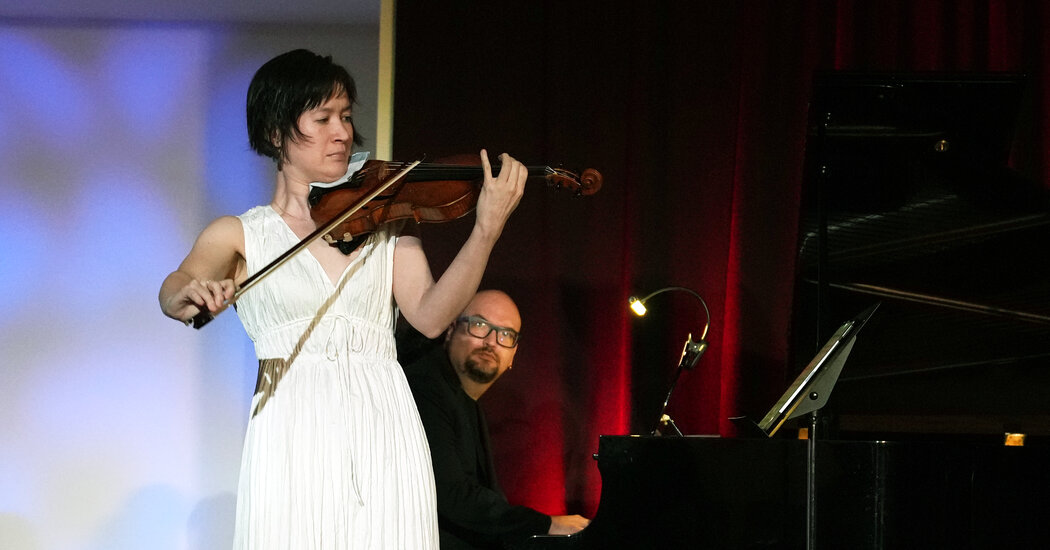
In its opening days, Ethan Iverson’s Sono Fest! in Brooklyn was already showing promise.
This past week, I did something with a classical music concert that I have often enjoyed at jazz clubs: I hung back to hear the same program again when it returned for a second set.
It was opening night of the inaugural Sono Fest!, founded and programmed by the jazz pianist and composer Ethan Iverson, and running through June 23 at Soapbox Gallery in Brooklyn. (The space, in addition to hosting audiences in its 60-seat space, is also offering ticketed livestreams of the events.) Iverson was wrapping up a concert with the violinist Miranda Cuckson when he casually noted that anyone who wanted to hear the same pieces again could remain for the next gig.
Their performance — of works for violin and piano by Peter Lieberson, Louise Talma and George Walker — had been among the best chamber music shows I’d heard all season. (Another delight: Iverson’s jaunty and lyrical Piano Sonata, which he’d performed alone.) Rapport between players sometimes develops as a night progresses, so why not stick around?
That decision paid dividends quickly — particularly during Talma’s Sonata (1962), a choice rarity that pairs mid-20th-century harmonic modernism with forceful rhythmic drive. In the first set, Cuckson had devoted a range of expressive talents to the violin writing: carefully shading some drier moments of muted playing, and later deploying her silvery sound to underline the singing qualities embedded in an otherwise complex idiom.
Cuckson and Iverson had been enviably coordinated during the furious passages in the earlier set — if sometimes a touch stiffly so. Later, though, they achieved a give and take that was something else: At select junctures, she powered slightly ahead of his beat, allowing an almost-rushed climactic phrase in the violin to decay dramatically over his rhythmically precise piano.
Afterward, Iverson told the audience that they were experiencing “the deep set.” Those of us who had sat through knew just how right he was.
Permission to linger and experience multiple sets is just one aspect of Iverson’s merging of jazz and classical traditions at his new festival. Last Wednesday, as skies darkened in New York because of Canadian wildfires, he played mostly jazz standards — including, pointedly, Jerome Kern’s “Smoke Gets in Your Eyes” — with Chris Potter, the storied tenor saxophone player. (I caught that performance the next day on video.)
On Thursday, you can catch multiple sets by Aaron Diehl, a first-call jazz pianist who also plays the music of Gershwin with symphony orchestras (and the music of Philip Glass on recordings). Other nights trend more toward more traditional chamber fare. But rarely too traditional: On Tuesday, the vocalist Judith Berkson — who sings adaptations of Schumann as well as her own electroacoustic pieces — will bring her visionary practice to the Soapbox.
In an interview between sets last week, Iverson said of his festival’s organizing principles: “The truth of the matter is, I love it all. And I think we all should love it all. I’m really trying to dig deep.”
After mentioning that the composers represented on his program with Cuckson were all American, Iverson noted, “There’s syncopation in the Walker and the Talma,” adding that in the latter case, the extent of the rhythmic exuberance makes him think of Harlem Stride piano legend James P. Johnson.
Johnson, as it happens, gets a tip of the hat in Iverson’s Piano Sonata, which he premiered last year at the New England Conservatory in Boston, where he teaches.
That piece is structured like a sonata in the model of Haydn and other classical forebears, but first-movement explosion of rhythm in the bass receives the indication “a la James P. Johnson” in the score. And it’s not the sonata’s only jazz-world nod: After a snatch of Mozartean melody in the second movement, Iverson revels in descending licks redolent of the soul jazz tradition, marked “a la Bobby Timmons.”
This is no less referential than another charming classical piece of Iverson’s, “Concerto to Scale,” which he premiered with the American Composers Orchestra in 2018. But to its credit, the sonata is less jokey — and thus more secure — when dealing with its layered source materials. To my ear, that makes it a new advance in his engagement with fully notated writing.
Playing the sonata last week, both times, Iverson dived right into his own crunchy, chromatic figures with a ferocity that was absent in video from the New England Conservatory premiere, in which he was “a little bit nervous,” he said.
But at Soapbox, “I was certainly warmed up,” he said, having played the Talma piece before his sonata. Always, though, he has been confident in the work, which he has tinkered with and recorded for his next release on the Blue Note label, scheduled for 2024.
In terms of the sonata’s spirit, he said: “I do think when people who don’t swim in the world every day hand in formal composition, they often are too serious. I’d actually rather be rambunctious.”
“I feel James P. with me,” he added. “I feel Erroll Garner with me. And I feel Ralph Shapey.”
The language Iverson uses when discussing his upcoming compositional premieres — including more sonatas, as well as orchestral arrangements of Ellington — enjoys a reprise whenever he discusses the balance of the Sono Fest! programming. In both cases, he is looking for new paths. And for Iverson, all routes move within what he calls “this very American phenomenon.”
Before hopping back onstage for his second set last week, he observed: “It’s not happening in Germany or England. There’s still something I like so much about all of this: these are American composers I’m playing. Scott Joplin is part of it. And Henry Mancini is part of it. There’s a whole thing, there, that’s our language. If you really love it all, there’s incredible room still, to find a way.”
